D&D's new Monster Manual is gorgeous and filled with welcome variety—but even with a full system revamp, WoTC's still leaving too much important work to its DMs
Not quite the best(iary), not quite the worst.
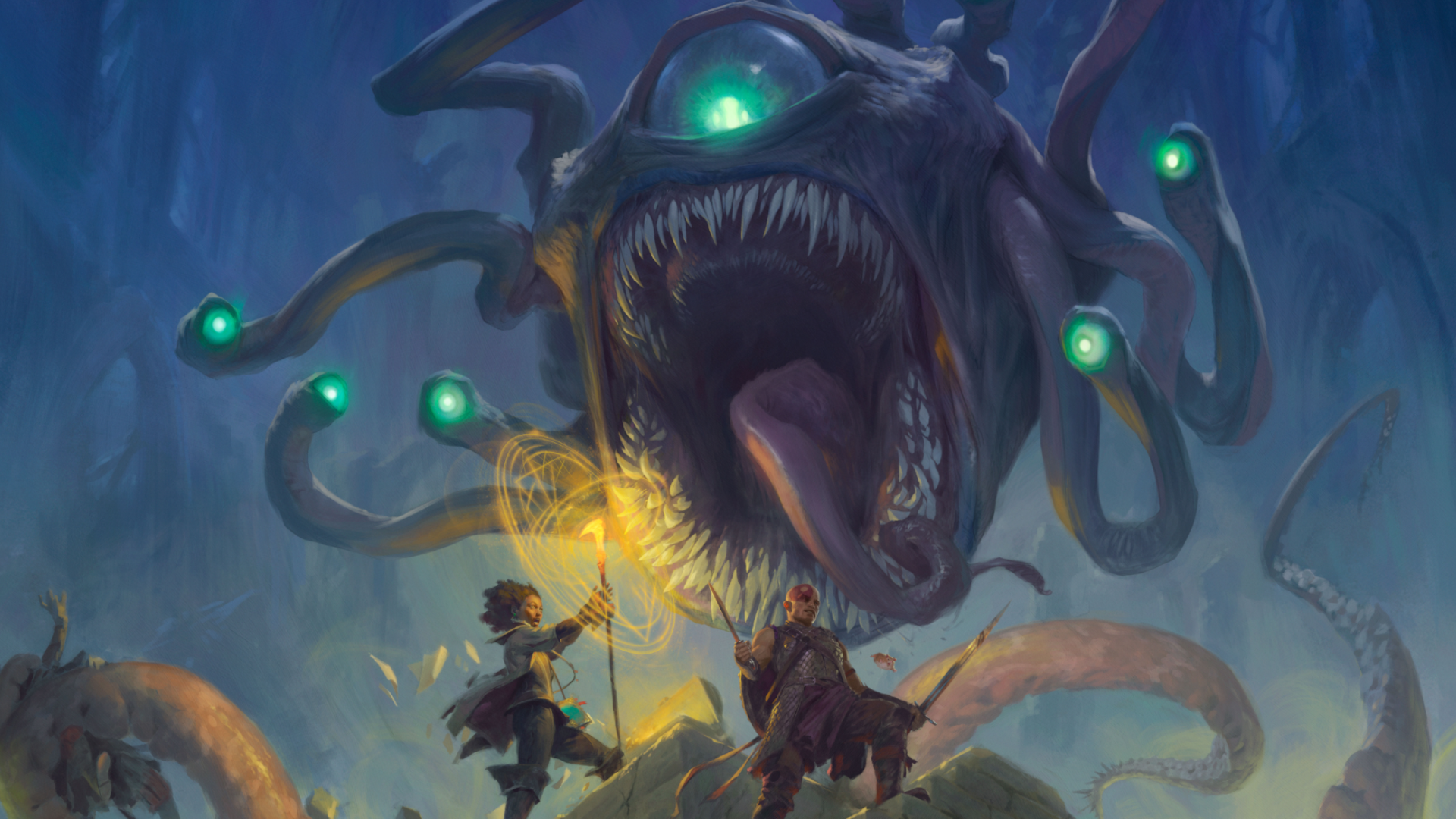
D&D has finally completed its initial wave of revamps with the 2024 Monster Manual—confusingly released in 2025, but I don't make the rules—and, after a read through, I'm downright conflicted.
Being a recent PF2e convert, I've been quite grumpy about these new books (the Player's Handbook in particular). As a point of personal opinion, I think the exercise of revamping the 2014 ruleset instead of doing something new is a mistake. Still, it's what WoTC is doing, and I've been assessing these books on their merit. I even found a decent amount to like in the Dungeon Master's Guide, which had more boons than banes between its pages.
This led me to being cautiously optimistic about the Monster Manual, since everything I've heard about it has felt geared towards empowering DMs to make their own adventures. So, does it do that? The answer is yes, and also no, and also maybe. You are now invited to picture me crawling into a hole and yelling at the dirt.
Hey, are you okay?
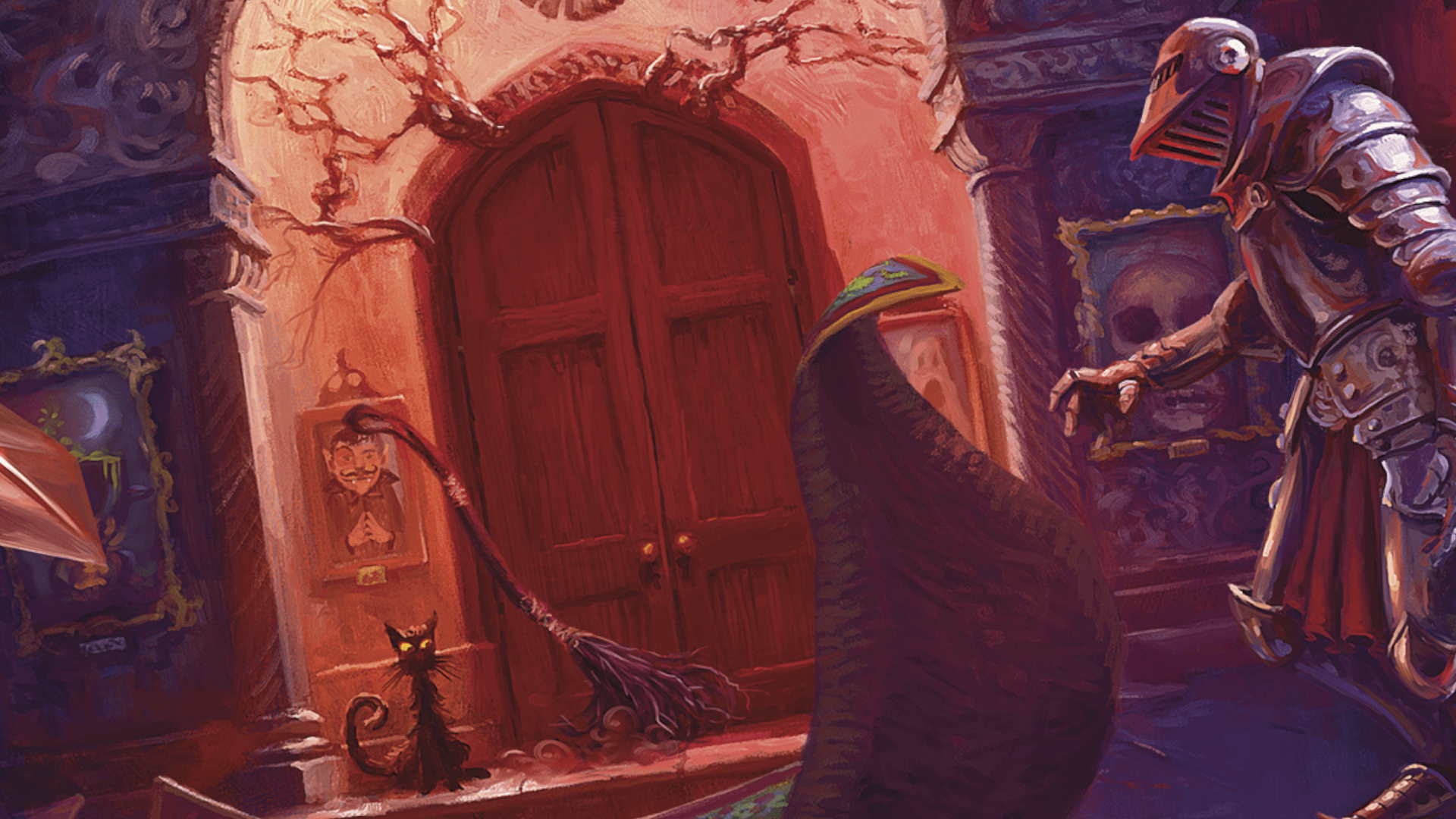
Yes, I think so, but I need to have a bit of a moan. Before that, though, I'd like to get the good out of the way, because this Monster Manual does have genuinely quite a lot going for it. The art, for instance, is gorgeous, plentiful, and well-appointed, often showing monsters in their natural habitat or doing something interesting, which is great, because it instantly gives fledgeling DMs an idea of how they might be used.
WoTC really went ham on getting some very talented people to illustrate the pages of this thing, and that creative spark carries into the text itself. The flavour is downright rich here, especially when compared to its 2014 counterpart. Many monsters have their own custom random tables, which are potent enough to get the homebrew juices flowing.
For example, the Aboleth comes with a short table of schemes—like raising a cult, opening a portal to the past or future, or rousing sea monsters to flood a coastal city. Lamia, which are kind of desert centaurs, come with potential pacts to entice your party with—maybe they want you to go get a Purple Worm's gizzard, or map out a dungeon. Not every monster comes with this sort of prompting, but bare minimum, there's typically a paragraph or two set cogs a-whirring.
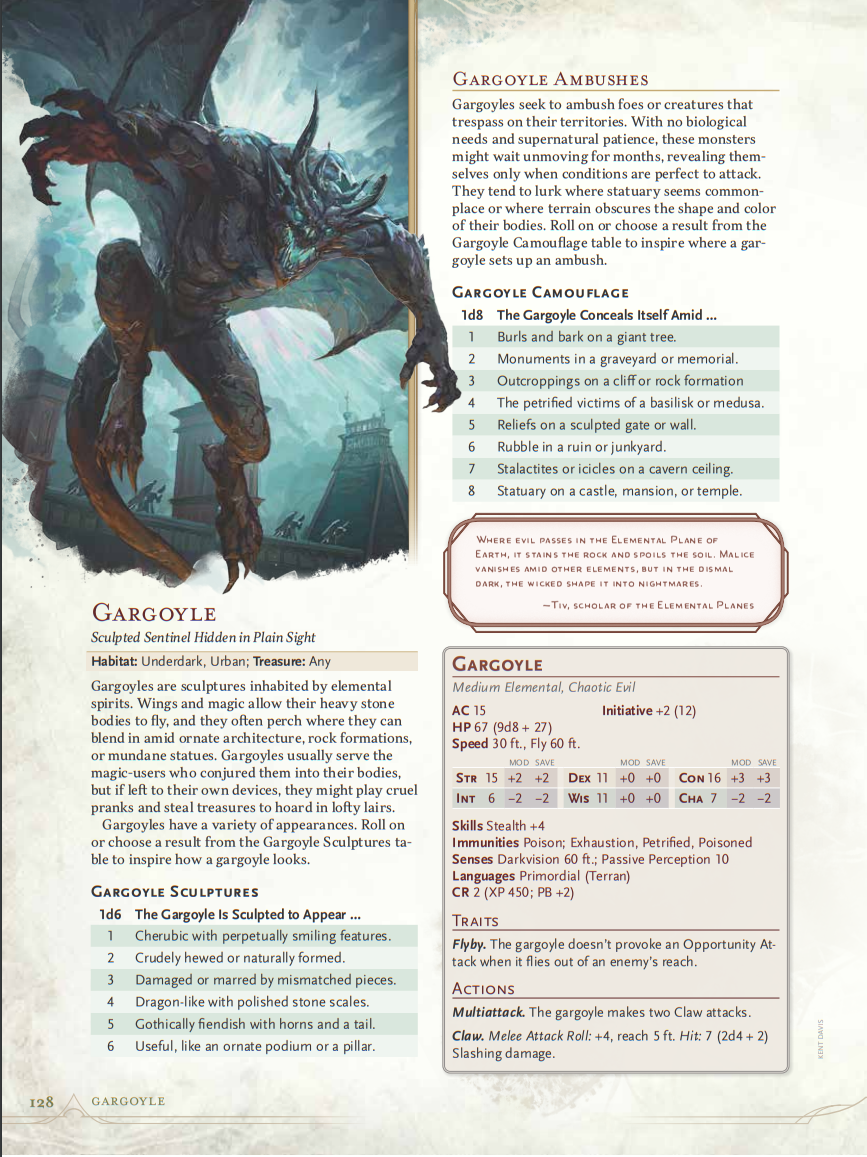
The widening of CR (Challenge Rating) scale is also just a straight-up plus. Not only are there the promised legendary monsters, but there's a ton of mid-tier fodder to help flesh out your campaigns, too. For example, your standard bandit now has a CR11 crime boss variant. I'm especially a fan of all the skeletons on offer—enough to actually run a decent encounter with bones alone.
The biggest gaming news, reviews and hardware deals
Keep up to date with the most important stories and the best deals, as picked by the PC Gamer team.
I also really like the wider bank of NPCs here—it's one of the book's biggest highlights. You've got batches of differently-flavoured and levelled Knights, Cultists, Toughs, Berserkers, Guards, Nobles, Performers, Pirates, Priests, Mages, and Warriors to be getting on with. It is good and right that WoTC has really focused on giving players casts of humanoids to mess around with.
Only, therein lies the problem—because you're going to need them, since the rules for creating custom monsters and NPCs of your own (save for just using a player character's sheet) are, for the most part, bizarrely absent. Which, despite knowing this may very well be the case, still has me scratching my head.
Where's the math?
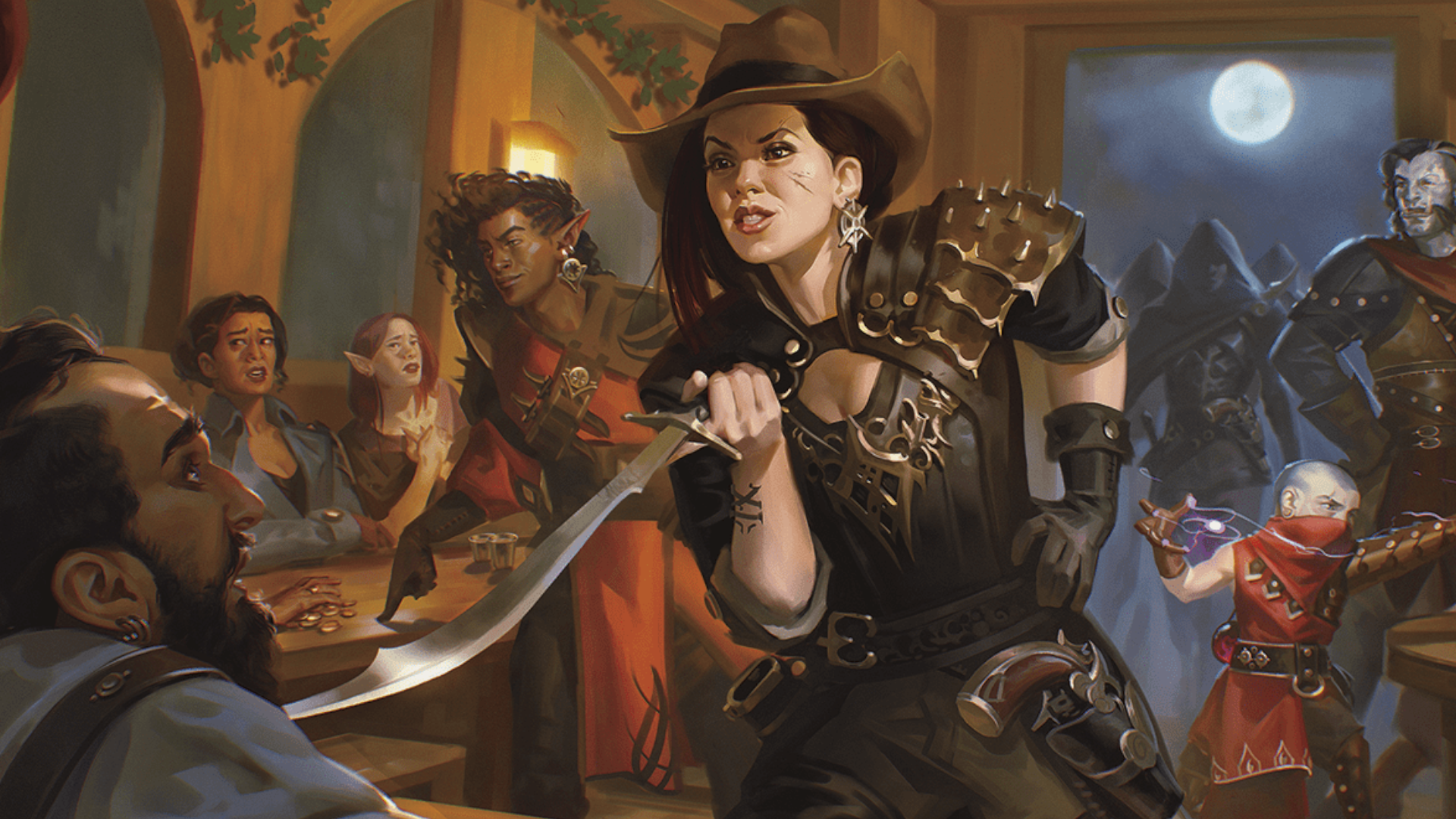
Yes, the newer 2024 Dungeon Master's Guide had some very limited rules for creating monsters of your own. But it's mostly a list of things you can fiddle with that don't impact the math. There's a list of optional traits, sure, but as for the question of 'how much HP should a CR14 creature have?' or 'what's a good amount of spells for my custom wizard NPC?' Sorry, you'll have to either crib the 2014 guidelines, or you're on your own.
I'm about to make a lot of noise about this one absent feature, but I want to reiterate that a huge portion of D&D is, inevitably, homebrew. Many prospective DMs will want to drum up their own NPCs, creatures, and encounters—and they're really just not equipped to do so by this book or the Dungeon Master's Guide.
I was hoping against hope that the Monster Manual might have some further guidelines for building critters from the ground up. Statements from the game's designers suggested that the 2024 DMG would have the answers, but given how thin its instructions are, I was praying for a gear-shift behind the scenes—crossing my fingers that the Monster Manual would actually give you the tools to build a BBEG yourself. It does not.
I'm trying to stop myself from making a mountain out of a molehill, but it's hard not to, because it's honestly a baffling backwards step that runs directly counter to the revamp's design missions, both implied and stated. They're trying to make D&D less of a pain to get into for new DMs. And so far, that has basically panned out.
This entire book screams 'here's inspiration for your own adventures!' Yet it's leaving even more work at the foot of the DM."
But having no creature creation guidelines butts up against that philosophy so hard it risks breaking it entirely. This entire book screams "here's inspiration for your own adventures!" Yet it's leaving even more work at the foot of the DM. It's impossible to make enough pre-baked statblocks to cover every idea or NPC a DM might want to make—so why is WoTC trying to do that instead of just giving us the math, too?
The reason I'm so irritated—perhaps unfairly so—is because this has been a deep-rooted issue with the system since 2014. New DMs are faced with tons of holes that they need to fill in with non-core rulebooks, or go online to solve—and I only hear about headaches from my more homebrew-averse DMs on how much busywork your average campaign module requires. To see the same flaws play out here makes me feel like WoTC's priorities are completely scattershot.
It doesn't help that there are actual mechanical issues with these monsters. I've always been of the opinion that creatures should work on different rules to players in the interest of simplicity and ease of use. But, rules as written, you can't Counterspell a mage's basic Arcane Burst because it's not technically a spell. I can see the YouTube shorts skits coming from a mile away.
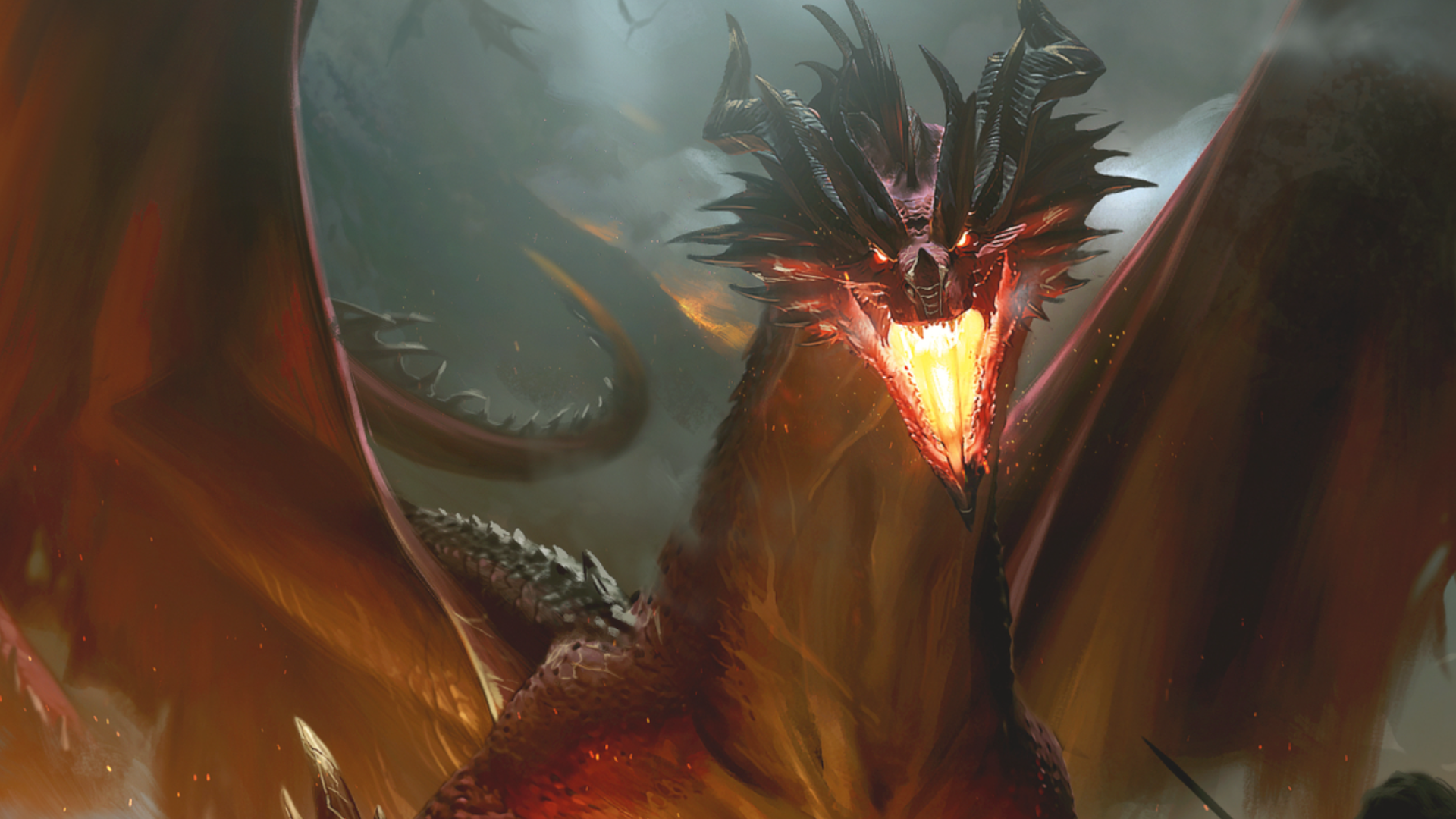
Another oversight includes an abundance of attacks with free grapples attached, or conditions that don't allow a saving throw, which mucks about with pre-established game balance. Almost every creature that can snag you, grab you, crush you in its jaws, or shove you about automatically grapples on a successful attack—meaning that your average Barbarian is now way more likely to get snagged, in direct conflict with their class fantasy of being an unstoppable and vicious warrior.
In isolation, none of these foibles ruin anything, but they're also typical of 5e at this point—to the point of frustration. I feel the same exacerbated grouchiness I did when one of D&D's designers decided to change some spells in the 2024 revamp after playing Baldur's Gate 3. While it's an uncharitable read on an offhand interview comment, it really shouldn't take a decade and a AAA videogame to make you realise Produce Flame is bad.
Same old warts, new coat of paint
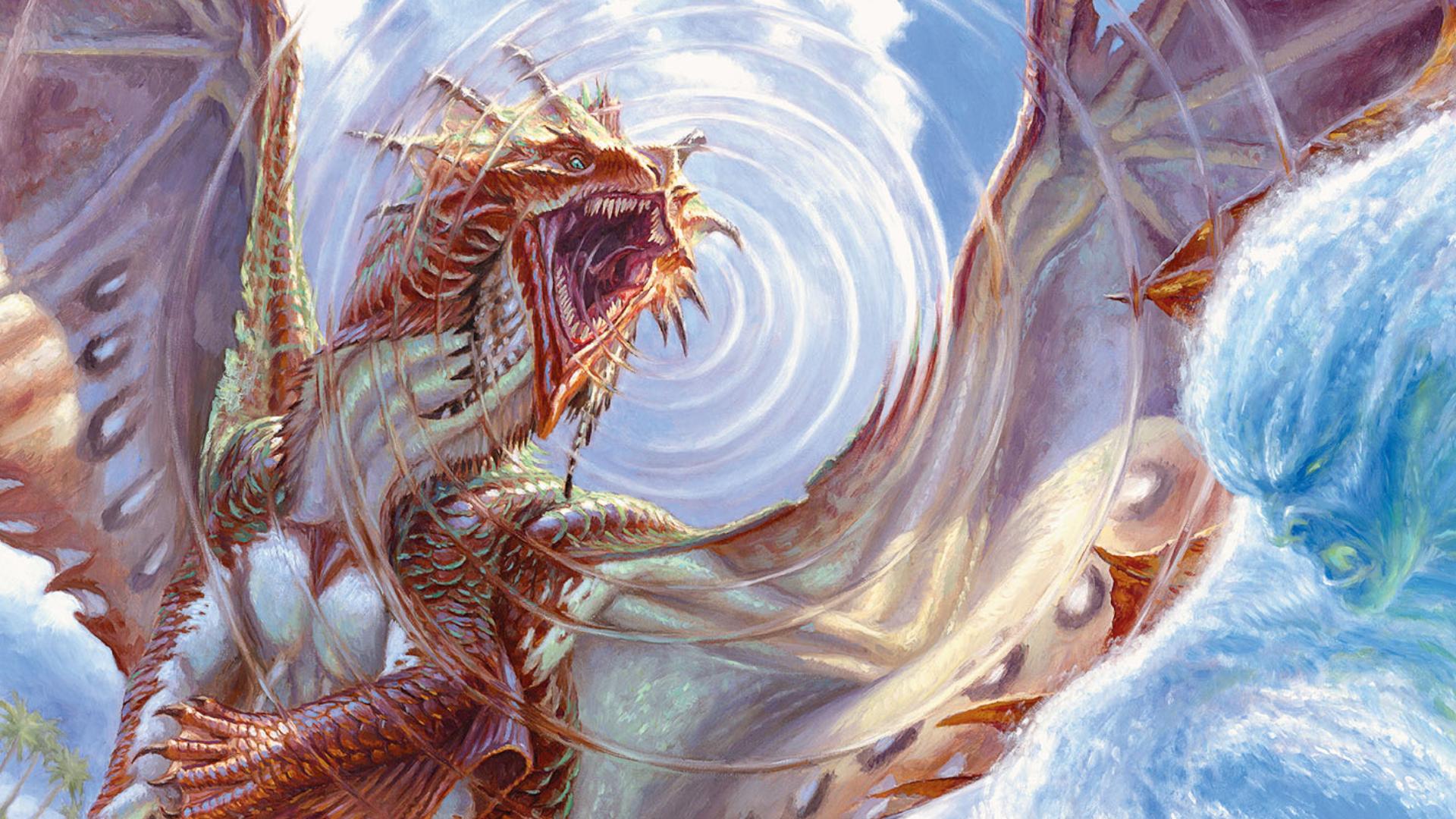
I want to emphasise that this book is basically good—I just don't know if it's good enough to justify its own existence. The Monster Manual is an expanded and colourful bestiary with better NPCs, oodles of hooks, art that's almost worth the price of admission on its own, and flavour pound over pound. The lore fat has been trimmed, doing away with setting-specific ramblings and focusing on the stuff that DMs can actually use to build their own campaigns.
And yet, it yaws into some of 5e's oldest bad habits. DMs are more inspired to make their own encounters, but are left floundering at sea when it comes to creating their own monsters and NPCs. It makes a book that feels confused and somehow thin, when it could be instructive—one that assumes we aren't interested in the nuts and bolts.
I want to emphasise that this book is basically good—I just don't know if it's good enough to justify its own existence."
So, here's my big assessment: If you're happy using a game with the same bones as they were in 2014, with some minor improvements (and familiar problems) in 2025? The more power to you. Go and have fun, the new Monster Manual will serve you just fine.
Meanwhile, I'm left banging the same drum I was back when the PHB dropped: I'm not convinced any of this was better than just making a new edition. Maybe I was hoping that the third book in the revamped trilogy would cause some invisible puzzle piece to click into place, sparking a eureka moment in my head where I finally understood why we're even here. Not so. Some potholes have been paved over, only for leaks to spring from the pipes elsewhere.
If 5e's blind spots have been gnawing away at you, if you've been frustrated by how many problems it simply leaves the DM to solve, then we haven't really moved on to greener pastures. Maybe D&D 2024 will fix my gripes in future sourcebooks—just, uh, like the 2014 books were majorly improved by future rules releases. Hm. I'm starting to sense a pattern.

Harvey's history with games started when he first begged his parents for a World of Warcraft subscription aged 12, though he's since been cursed with Final Fantasy 14-brain and a huge crush on G'raha Tia. He made his start as a freelancer, writing for websites like Techradar, The Escapist, Dicebreaker, The Gamer, Into the Spine—and of course, PC Gamer. He'll sink his teeth into anything that looks interesting, though he has a soft spot for RPGs, soulslikes, roguelikes, deckbuilders, MMOs, and weird indie titles. He also plays a shelf load of TTRPGs in his offline time. Don't ask him what his favourite system is, he has too many.

